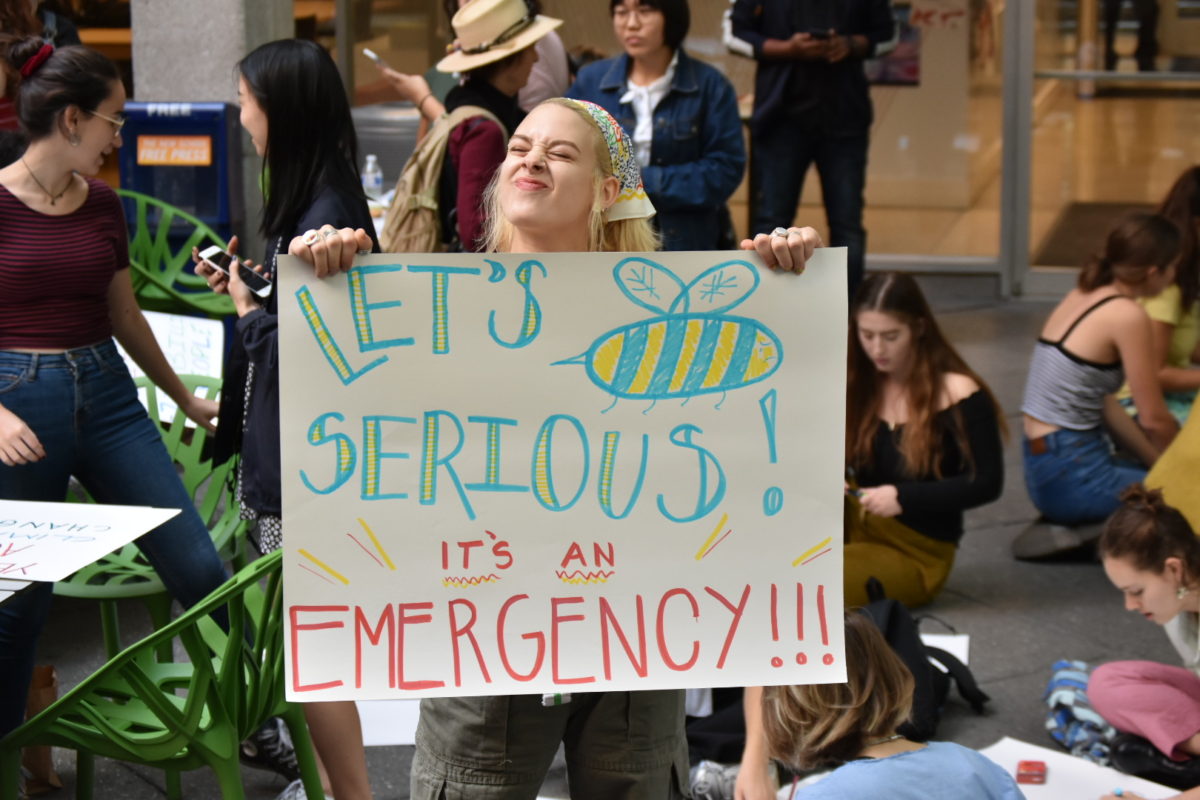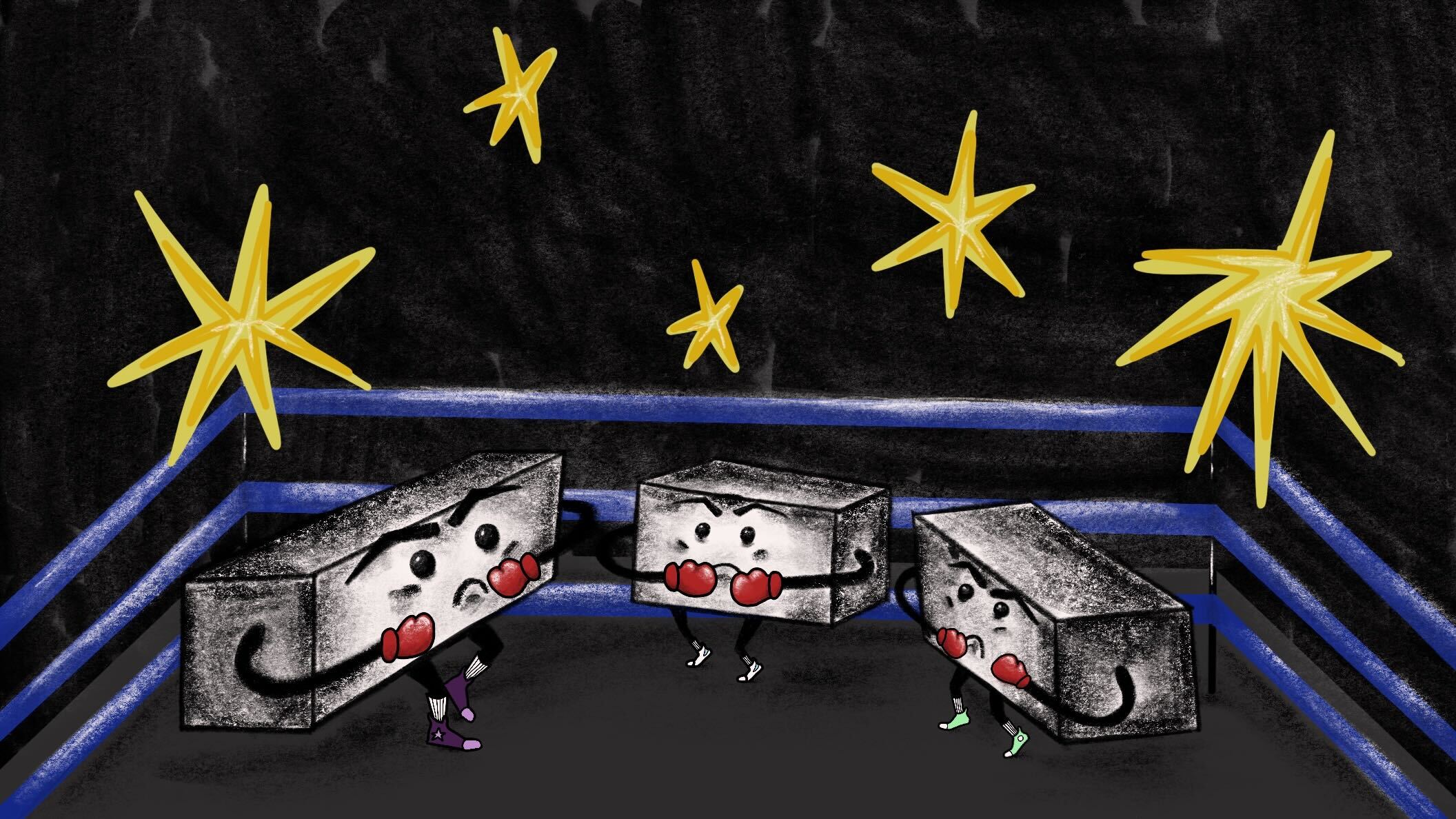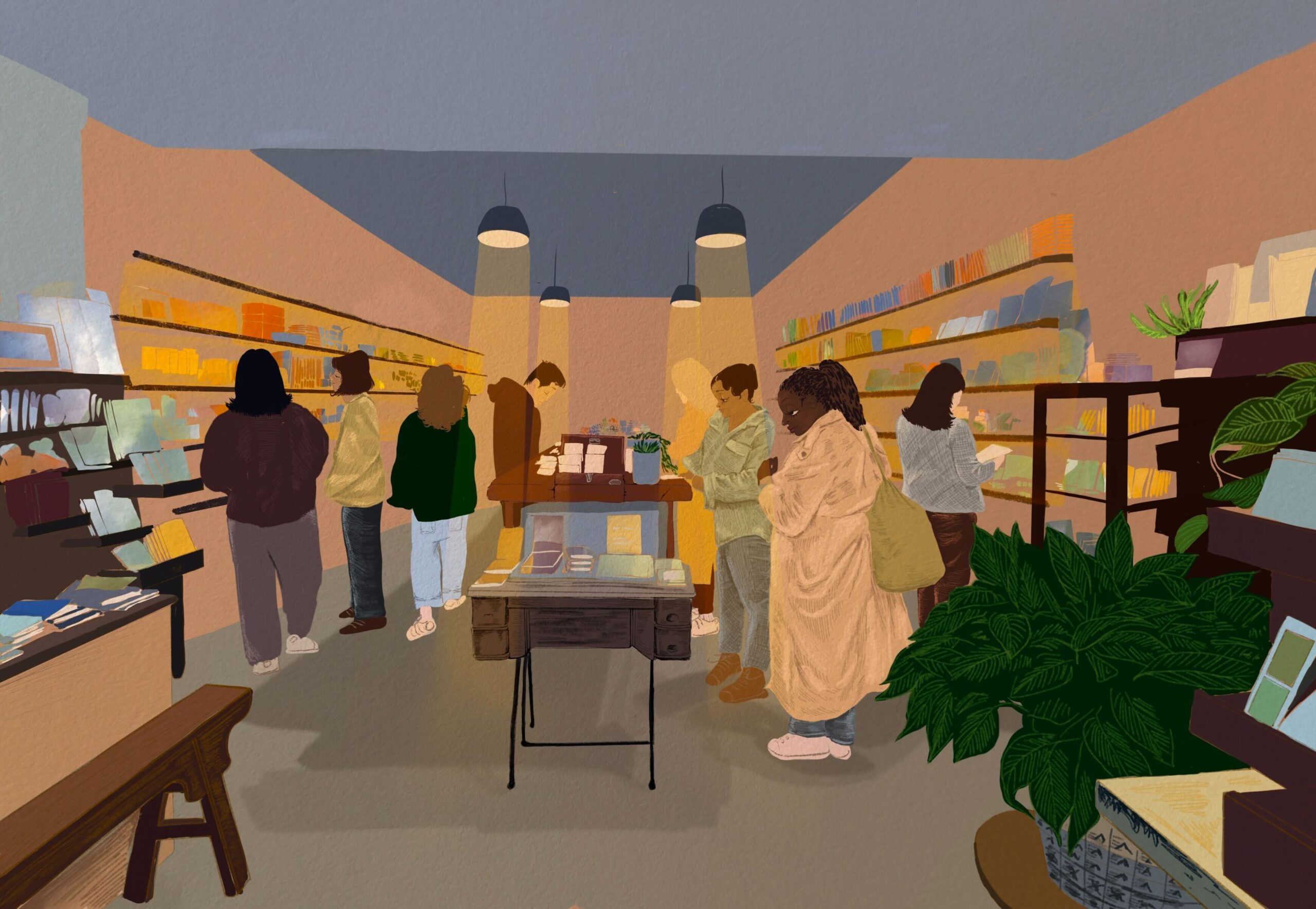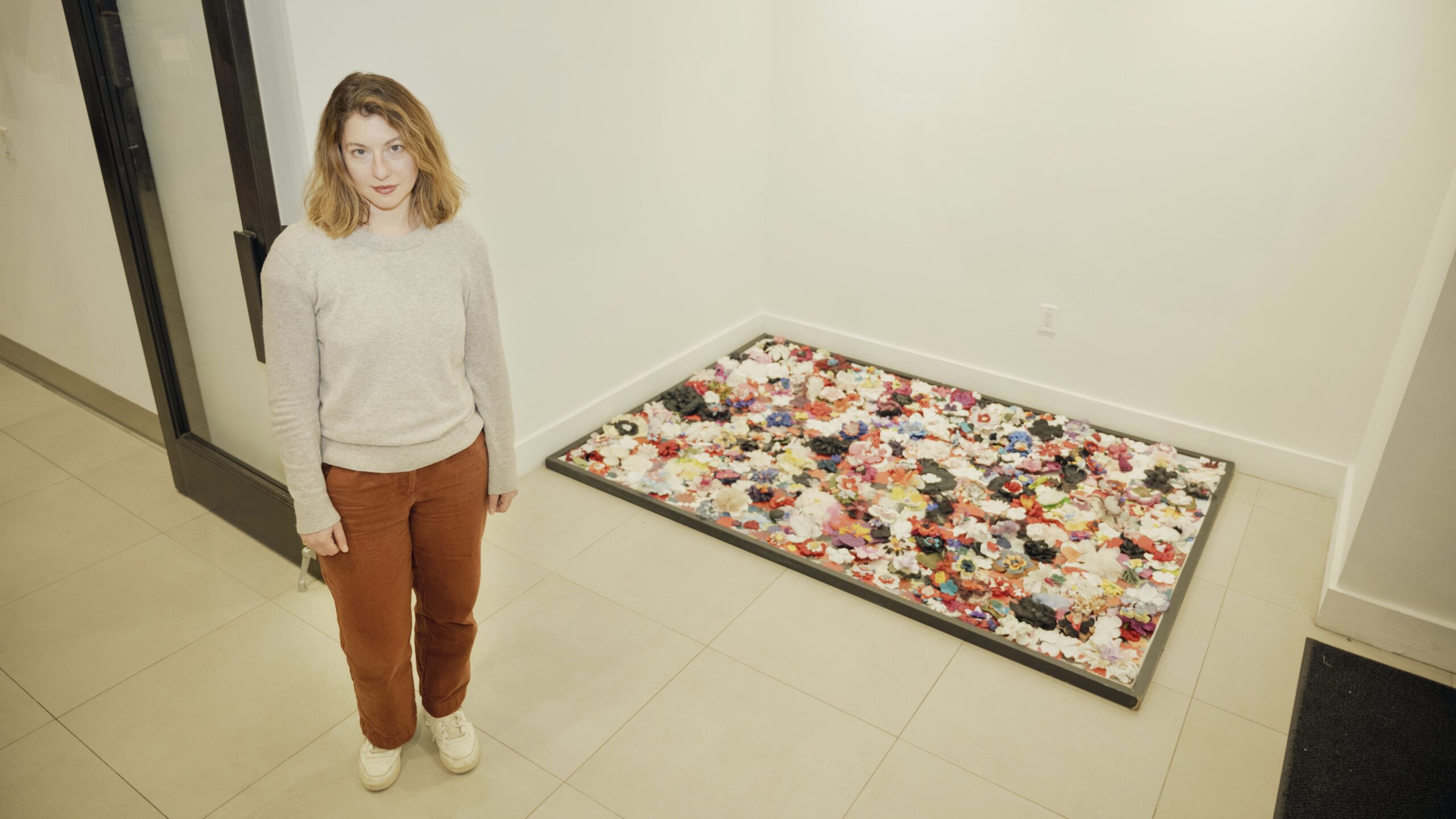At a time where young people are stepping up and demanding action for climate change, the Lang courtyard was filled to the brim on Friday morning with New Schoolers preparing to rise with them.
Before heading to the Global Climate Strike from Foley Square to Battery Park, the Tishman Environment and Design Center at the New School kicked off the week with a meeting point for students, faculty, and staff. Supplied with posters and markers, attendees made signs for the strike with powerful graphics of the planet suffering and messages drawing attention to the climate emergency.

Many students voiced their opinions about the need for deeper-rooted change in order to solve the climate crisis—change that goes beyond reusable straws and recycling.
“I don’t want to die in ten years without my consent. I think it’s really frustrating that, no matter what we do, like I have all my zero waste stuff, even if I didn’t make a piece of trash for my whole lifetime, it doesn’t matter because it’s not about that,” Moriya Dichter, a third-year at the School of Drama, said.
“It’s about these big companies that are constantly polluting and won’t do anything about it just because they’re greedy and want money. They know the facts and are trying to silence them, and it’s actually baffling to me that someone could have that little emotional intelligence that they’d put something like money over the welfare of others,” Dichter said.
According to students, government change is imperative to solve the issue at hand, and that same ideal is reflected within the mission of the Global Climate Strike.
The worldwide, weeklong strikes are in response to the UN Climate Action Summit happening at the headquarters in New York City on Sept. 23. The Summit is being held to “boost and accelerate actions to implement the Paris Agreement on Climate Change,” a plan proposed by UN Secretary-General António Guterres that will, if put into action, reduce greenhouse gas emissions by 45% within the decade, according to the United Nations.
In New York City alone, an estimated 250,000 people skipped work and school to wake up world leaders and demand they take drastic actions against the destruction of our planet and, ultimately, our futures.

Mike Harrington, assistant director at the Tishman Environment and Design Center, saw the strikes as a platform for communication and knowledge to be used at the voting polls.
“Even though it is climate change, I would like for people to have some sense of hope, to see that there’s a lot of support for people to do something against climate change, especially for people that are young,” Harrington said.
“I hope that this strikes them to take political action or work with local groups and lawmakers. When you’re doing any form of activism, it should be to shift political power and policy in someway. It’s nice if we all march, but something has to come out of that,” he said.
Sabrina Chapa, a graduate student at Milano, was just one example of Harrington’s vision becoming a reality.
“I’m here because I’d like to have dialogue with people who think that green development is the way to go because it’s absolutely not the way to go,” said Chapa.
“I’m also here to bring attention to why construction workers aren’t here right now, why are there still people working, and what can we do to make this an actual strike that’s going to be effective and actually fighting climate change because reforming capitalism is not going to save us. We need some better system change ultimately,” Chapa said.
But the students weren’t the only strikers looking for systemic change. Elaine Savory, chair of Environmental Studies and Literary Studies faculty at Lang, has plans to make Environmental Studies prominent in all disciplines throughout the university. Above all, she’s an academic whose studies have evolved into activism.
“[The climate crisis] is huge and emotionally it’s a challenge to deal with. That’s why connectivity is very important. Students should talk to other people of like-mind, engage with those who are not aware, but also stay calm and get on with their work,” Savory said. “That’s the best way to stay calm and fully functional. To have faith that we can do this and become effective thinkers, scientists, writers, activists. Be stubbornly determined.”

There are many ways for students to get involved in advocating for the environment outside of participating in the strike. Nicole Karsch, a graduate student at Milano, is an organizer with the Sunrise Movement.
“It’s a movement of young people working to stop the climate crisis and create millions of good jobs in the process,” Karsch said. “We organize around the Green New Deal, which is a vision for, not only that we can survive the climate crisis, but so that we can thrive on the other side and have good jobs, access to healthcare, good food, and clean air and water to drink.”
Young people are passionate about the land they live on and the slim possibility that they have a future on it. Zachery First Cura, a second-year at Parsons, is one of many students who brought this notion to life.
“Islands in the pacific are shrinking and disappearing. People’s homes are physically getting taken away from the ocean because of our choices. Choices that can be changed, that can be better,” Cura said.







